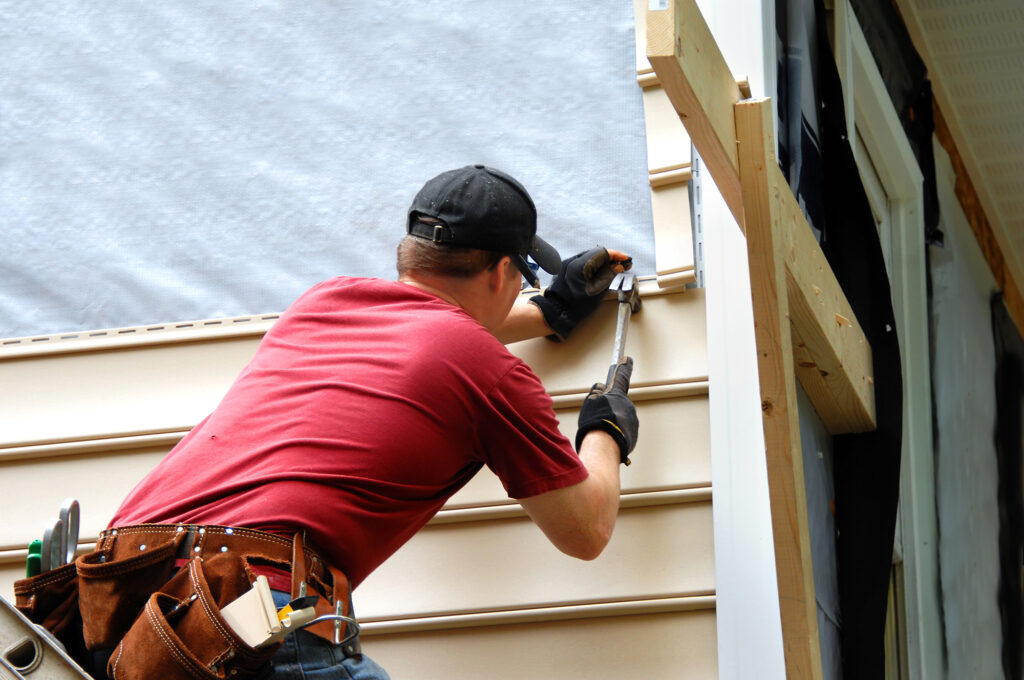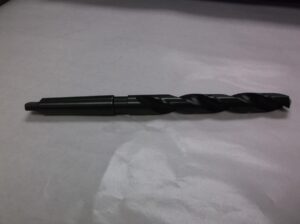A Fresh Facade: Your Guide to Successful Siding Replacement

Replacing old, weather-worn siding is one of the most transformative upgrades you can make to a home. Beyond boosting curb appeal, new siding protects the structure from moisture, pests, and energy loss—ultimately safeguarding your investment. If you’re weighing the costs and benefits of siding replacement, this concise guide will walk you through the essentials: signs it’s time to replace, material options, the replacement process, and tips for hiring the right contractor.
1. Why Siding Matters
Siding acts as your home’s first line of defense against the elements. It prevents rain, snow, and wind from infiltrating walls, helps regulate indoor temperatures, and contributes up to 80 percent of a home’s visual exterior. When siding fails, water can seep into framing, insulation, and drywall, leading to mold or rot that’s expensive to remediate. Replacing aging siding isn’t just cosmetic—it’s a structural safeguard.
2. Key Signs It’s Time for Replacement
- Warping or Bulging Panels
Warped boards often signal hidden moisture damage. - Cracks, Gaps, or Loose Pieces
Even small openings allow water and pests inside. - Frequent Painting
If wood siding needs repainting every three to five years, protective coatings are breaking down. - Increased Utility Bills
Deteriorated siding and outdated insulation let heat escape in winter and seep in during summer. - Mold, Mildew, or Fungus
Dark streaks or patches under panels indicate trapped moisture. - Visible Rot or Soft Spots
Probe suspect areas with a screwdriver; if they feel spongy, rot has begun.
When multiple warning signs appear at once, full replacement is usually more cost-effective than patch repairs.
3. Popular Siding Materials: Pros and Cons
| Material | Cost (per sq. ft.) | Benefits | Considerations |
|---|---|---|---|
| Vinyl | $3–$8 | Affordable, low maintenance, colorfast | Can crack in extreme cold, seams visible |
| Fiber-Cement | $5–$11 | Resists fire, insects, rot; looks like wood | Heavier, requires repainting ~15 yrs |
| Engineered Wood | $4–$9 | Natural wood look, lighter than fiber-cement | Needs repainting/sealing, susceptible to moisture if damaged |
| Natural Wood | $6–$12 | Warm, classic aesthetic, easy to repair | Highest maintenance, prone to insects and rot |
| Metal (Steel/Aluminum) | $4–$10 | Highly durable, recyclable, fire-resistant | Can dent (aluminum) or rust (steel) without coatings |
| Stucco/EIFS | $6–$14 | Excellent insulator, seamless look | Requires skilled installation, can crack in seismic zones |
Selecting material hinges on budget, climate, desired aesthetics, and maintenance tolerance. Fiber-cement balances durability and appearance for many homeowners, while vinyl remains the budget-friendly favorite.
4. Understanding the Replacement Process
- Inspection and Estimate
A reputable contractor assesses existing siding, sheathing, and underlying structural health. Expect a written estimate detailing demolition, materials, labor, and disposal fees. - Permits and HOA Approval
Most municipalities require building permits; homeowners’ associations may have color or material restrictions. - Removal of Old Siding
Crews tear off existing panels, exposing sheathing. Any damaged sheathing or framing is repaired before new installation. - Weather-Resistant Barrier (WRB)
A WRB—like house wrap or felt—seals the exterior, preventing wind-driven rain from reaching framing. - Insulation Upgrade (Optional)
Adding rigid foam board or blown-in insulation boosts R-value and blocks thermal bridging. - Flashing and Trim
Proper flashing around windows, doors, and roof lines prevents water intrusion. Trim adds a finished look and protects edges. - Installation of New Siding
Installers follow manufacturer specifications for nailing, spacing, and overlap to preserve warranties. - Paint or Finish (if required)
Fiber-cement and wood often need primer and paint or stain. Factory-finished products reduce on-site work. - Final Walk-Through
Homeowner and contractor review workmanship, ensure cleanup, and address punch-list items before final payment.
A typical single-family home (2,000 sq. ft. of wall area) can be stripped and resided in 5–10 days, depending on complexity and weather.
5. Budgeting and Return on Investment
Siding replacement ranks among the top remodeling projects for ROI, recouping 70–80 percent of costs at resale, according to national remodeling reports. Material choice drives overall price:
- Vinyl: $8,000–$15,000
- Fiber-Cement: $12,000–$22,000
- Engineered Wood: $10,000–$18,000
Factor in potential energy savings: upgraded insulation and modern WRBs can trim utility bills by 10–15 percent annually.
6. Choosing the Right Contractor
- Licensing and Insurance – Verify state licensing, general liability, and workers’ comp coverage.
- Portfolio and References – Review recent projects; speak with past clients about communication and quality.
- Manufacturer Certifications – Preferred installers often extend product warranties.
- Detailed Contract – Specifies timeline, materials, payment schedule, and cleanup responsibilities.
- Clear Communication – A responsive contractor addresses questions promptly and explains unforeseen challenges.
Gather at least three bids; the lowest price isn’t always best—consider reputation, timeline, and warranty terms.
7. Maintenance Tips for Long-Lasting Siding
- Annual Wash-Down: Rinse vinyl, fiber-cement, and metal with a garden hose to remove dirt and mildew.
- Inspect Caulking: Re-seal joints around windows and doors every few years.
- Repaint or Stain: Wood and fiber-cement need fresh coatings on schedule to prevent moisture intrusion.
- Trim Vegetation: Keep shrubs and trees from contacting siding to avoid scratches and trapped moisture.
- Gutter Care: Clean gutters regularly to prevent overflow and water damage to walls.
Final Word
Siding replacement is a substantial but rewarding project—enhancing curb appeal, energy efficiency, and structural integrity. By recognizing warning signs early, selecting the right material, and partnering with a qualified contractor, you’ll ensure your home remains protected and beautiful for decades. Invest wisely, maintain diligently, and your new siding will pay dividends in comfort, value, and pride of ownership.





